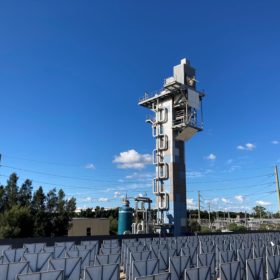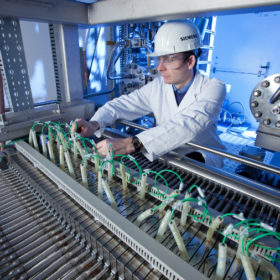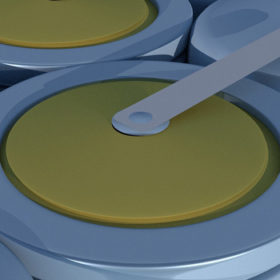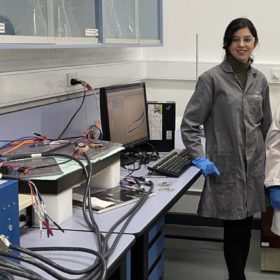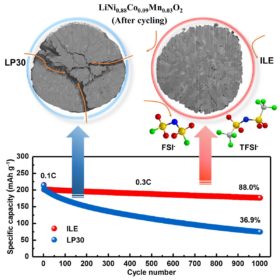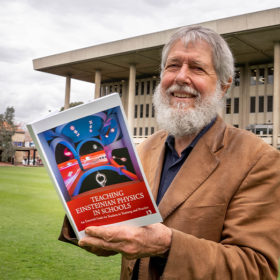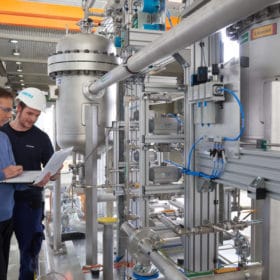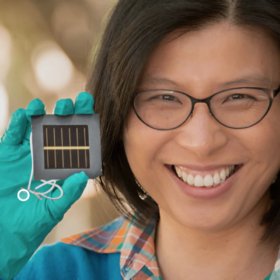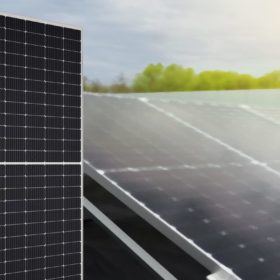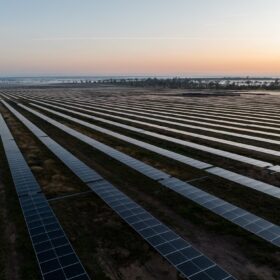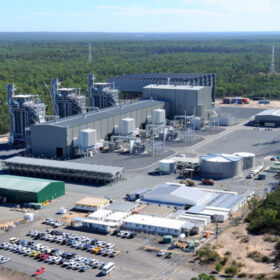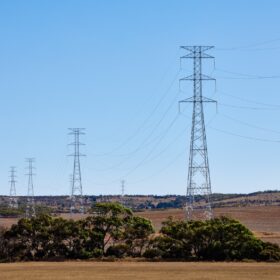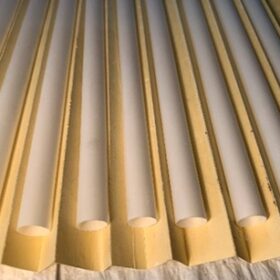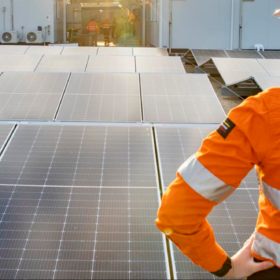CSIRO commits to net zero emissions target
Australia’s Commonwealth Scientific and Industrial Research Organization plans to use its Newcastle Energy Centre – home to the largest high-concentration solar array in the Southern Hemisphere – as a demonstration site for its newly announced net-zero emissions targets.
Australian scientists set out to use wastewater for green hydrogen electrolysis
Australia has the sun, the wind and the space to become one of the world’s green hydrogen export superpowers in coming decades. However, the Sunburnt Country does have a dearth of one ingredient in the green hydrogen equation – freshwater. Thankfully, researchers from Monash University and a group of national water utilities are joining forces to find a way to use wastewater for the process of electrolysis.
ANU researchers claim 29% efficiency world record for bifacial solar cell
Researchers at The Australian National University claim to have set a world record for bifacial solar PV cell efficiency that they say could boost the energy output of solar farms by 30%.
Monash chemists find novel salt solution for lithium-ion battery fires
Researchers at Monash University have published a new study in which high voltage lithium batteries, such as those used in electric vehicles and grid scale energy storage systems, are tested with a novel lithium salt shown to be far less hazardous than current conventional materials.
Melbourne PhD students pioneering new method of recycling li-ion batteries
Three PhD students from Melbourne are moving their research into recycling lithium-ion batteries from the labs into pitch meetings, vying to become one of the first companies in Australia to recover the metals and minerals from spent batteries. Their method, they say, is simpler, less toxic and more cost competitive than those widely used.
Lithium-metal battery with capacity retention of 88% over 1000 cycles
German scientists have applied a new combination of cathodes and electrolytes to improve the stability of lithium-metal batteries. They fabricated a device with an energy density of 560 watt-hours per kilogram and a Coulombic efficiency of 99.94%.
Climate change and PV, part of a new science curriculum for Years 3 to 10
Younger students have been denied an understanding of fundamental physics that would inform their understanding of today’s most pressing scientific problems and how to solve them. A group of scientists has reimagined the classroom as an engaging, enabling hub of investigation and discussion.
Blue is not the new green
A new study from Stanford University and Cornell University shows that blue hydrogen can produce more greenhouse emissions than heat produced by coal and gas. The modelling classifies blue hydrogen emissions as carbon dioxide and unburned fugitive methane, as well as lifecycle emissions linked to the mining, transport, storage, and use of methane.
ARC Future Fellowships rocket boost the cheap, light, solar-for-space race
Alan Tudge, Australia’s Minister for Education and Youth, last week announced new grant outcomes under the ARC Future Fellowships scheme. Recipient Professor Anita Ho-Baillie will directly apply her work on perovskite durability and resilience to more cost effectively powering the world’s space endeavours.
Microgrid project to shine spotlight on Tasmanian solar
The tiny Tasmanian town of Derwent Bridge could provide a big boost for the state’s solar PV energy credentials with the small community to play host to a microgrid project that will evaluate how to better meet the energy needs of Australians living in regional and remote areas.
